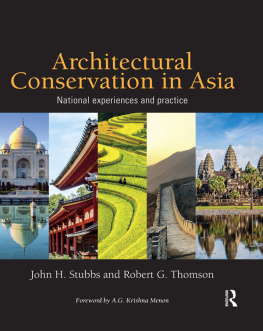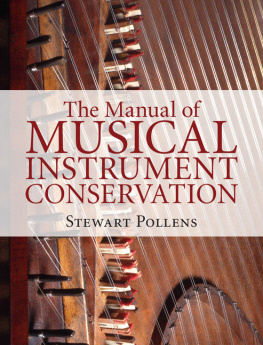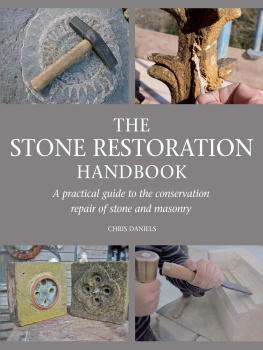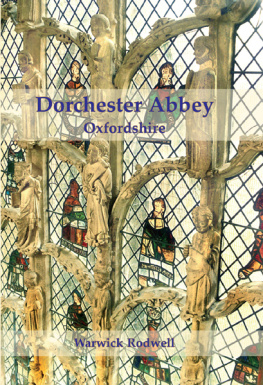STAIRCASES

Staircases
History, Repair and Conservation
Editors
JAMES W.P. CAMPBELL
MICHAEL TUTTON
Managing Editor
JILL PEARCE

First published 2014
by Routledge
2 Park Square, Milton Park, Abingdon, Oxon OX14 4RN
and by Routledge
711 Third Avenue, New York, NY 10017
Routledge is an imprint of the Taylor & Francis Group, an informa business
Routledge; individual chapters, the contributors
All rights reserved. No part of this book may be reprinted or reproduced or utilised in any form or by any electronic, mechanical, or other means, now known or hereafter invented, including photocopying and recording, or in any information storage or retrieval system, without permission in writing from the publishers.
Trademark notice: Product or corporate names may be trademarks or registered trademarks, and are used only for identification and explanation without intent to infringe.
Every effort has been made to contact and acknowledge copyright owners. If any material has been included without permission, the publishers offer their apologies. The publishers would be pleased to have any errors or omissions brought to their attention so that corrections may be published at later printing.
British Library Cataloguing in Publication Data
A catalogue record for this book is available from the British Library
Library of Congress Cataloging-in-Publication Data
Staircases: history, repair and conservation / edited by James W.P. Campbell and Michael Tutton.
pages cm
Includes bibliographical references and index.
Staircases. 2. Stairs. I. Campbell, James W. P., editor of compilation. II. Tutton, Michael, editor of compilation.
NA3060.S685 2014
721.832--dc23
2013015729
ISBN: 978-1-873394-97-7 (hbk)
ISBN: 978-1-315884-01-1 (ebk)
Frontispiece Colchester Castle, Essex. The main staircase, begun c. 1076, at 4.6 m diameter is probably the widest early spiral stair in Europe, certainly in England. It rises clockwise, but a defending force would have had little advantage backing up it (see introduction). (Michael Tutton)

Robert Bowles, MA, CEng, MIStructE, Conservation Accredited Engineer, is a Director of Alan Baxter and Associates LLP with 35 years experience of significant listed buildings such as St Pauls Cathedral, the Palace of Westminster and HM Tower of London. His work won the Institution of Structural Engineers Heritage Award in 2006 and the Sustainability Award in 2012. He is co-author (with Poul Beckman) of The Structural Aspects of Building Conservation (2004)
James W.P. Campbell, PhD, FSA, IHBC, RIBA, is the Director of Studies and Fellow in Architecture and History of Art at Queens College, Cambridge. He trained as an architect. He is chairman of the Construction History Society and has published widely on architectural history, including Brick: A World History (2003) and Building St Pauls (2007).
Donal Channer has been in business making and mending furniture and joinery since 1974. Stairs have always been a particular interest, with the Queen Square Stairs being his most important commission, but conservation projects include the Cope Chest at Wells Cathedral 1175 the oldest piece of furniture to be in continuous use and to have been radio carbon dated in the British Isles. Current projects include copies of the furniture for Strawberry Hill House.
Tom Flemons is a qualified stonemason and conservator. He has worked in the field of stone conservation for over 20 years and was the recipient, in 1992, of the William Morris Craft Fellowship from the Society for the Protection of Ancient Buildings (SPAB). He manages the Somerset workshop of Cliveden Conservation, and is the current Chairman of the Education, Training and Advisory Committee at the SPAB.
Linda Hall, BA, MIfA, FSA, studied archaeology and history at Southampton University. She is a member of the Vernacular Architecture Group and the Regional Furniture Society. Publications include Rural Houses of North Avon and South Gloucestershire 14001720 (1983), Fixtures and Fittings in Dated Houses 15671763 (1994 with Dr N.W. Alcock), Period House Fixtures and Fittings 13001900 (2007), with contributions to The Elements of Style (ed. Stephen Calloway, 1991), Hampshire Houses 12501700 (Edward Roberts, 2003) and Glass and Glazing (English Heritage, 2011).
Caroline Hardie is a graduate in archaeology from the University of Glasgow. Her professional life has included archaeological excavation, museum curation and local government archaeology, including County Archaeologist for Northumberland County Council for 13 years. In 2003 she founded Archaeo-Environment, a historic environment consultancy, covering archaeology, historic landscapes and buildings. Her passion for historic buildings extends into her private life, with the rescue of Scargill Castle in Teesdale with its very own quirky spiral staircase.
Michael Heaton is a professional archaeologist qualified in Building Conservation and Building Surveying, specialising in the analytical survey of historic buildings. His paper Building Palaeopathology: Practical Applications of Archaeological Building Analysis was awarded Outstanding Paper 2010 by its publishers the Emerald Group, and he was awarded the RICS Prize at the University of the West of England in 2007, where he is an occasional Visiting Lecturer. He is a Trustee of the Construction History Society.
Lee Prosser is Curator of Historic Buildings at Historic Royal Palaces. He has been closely involved with several major projects, including the re-presentation of Kew Palace and, most recently, a major project at Kensington Palace, where issues of conservation and access have come to the fore. He is also involved in a research project on the origins of the English framed staircase.
Treve Rosoman, FSA, is a freelance historic building consultant. He was curator of English Heritages Architectural Study Collection from 1986 until 2013. He was an antique dealer for ten years before joining the Historic Buildings Division of the Greater London Council. As part of English Heritages curatorial team responsible for their London houses, he was in charge of refurnishing the Art Deco Eltham Palace. He has written widely on furniture history and interiors, including London Wallpapers: Their Manufacture and Use, 16901840.
Michael Tutton, IHBC, has some 25 years experience in the construction industry working principally on historic buildings as a site manager and clerk of works. He is a past chairman of the SPAB and is a Trustee of the Construction History Society. He currently divides his time as assistant architectural adviser to Hampstead Garden Suburb Trust and writing and editing. He is co-editor of Windows, History, Repair and Conservation, the first book in this series.
Geoff Wallis, C.Eng. M.I.Mech E, is a founder and former Managing Director of Dorothea Restorations Ltd, with 40 years practical metalwork-conservation experience. He is a council member of the National Heritage Ironwork Group, West Dean College Masterclass Course Leader, and is current President of the Newcomen Society for the Study of the History of Engineering and Technology.

We are most grateful to the Paul Mellon Centre for Studies in British Art, which provided grants to support the production of this book. Its compilation has involved the help of a great many people to whom the editors wish to give thanks. Listed alphabetically, they are: Nina Baker; Judith Curthoys; David Davidson; Noel Fojut; John Goodhall; Lawrance Hurst; Simon Keaffling; Jose Calvo Lopez; Ann Marsh; Claudia Marx; Adam Menuge; Margaret M. Miles; Ed Morton; Tom Nisbet; Christopher Noon; Stephen Oliver; Robyn Pender; Colin Piper; Sam Price; Michael Ramage; Alberto Sanjust-Alvarez; John V.N. Soane; Peter Stone; David Stumpp; Luc Tamborero; David Thomas; Catherine Tutton; Emma Tutton; Ralph Williamson. Special thanks must go to Niall Bird for help with drawings and graphics, and Ping Gong for help with compiling the text and illustrations. Finally, Jill Pearce, with whom we started this project and who has nursed and guided us through it. Without Jill the book would not have come to fruition.
Next page
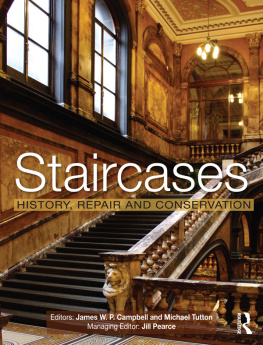

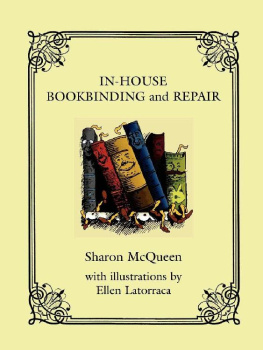

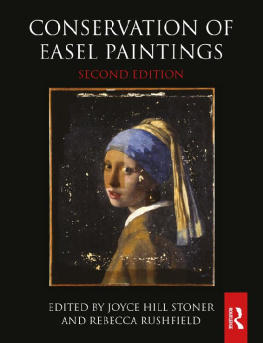
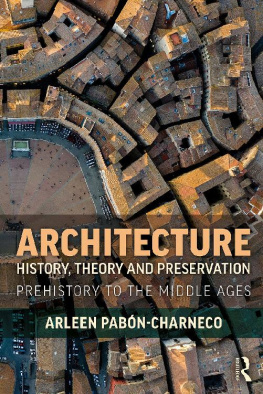
![Shanks - Essential bicycle maintenance & repair: [step-by-step instructions to maintain and repair your road bike]](/uploads/posts/book/235248/thumbs/shanks-essential-bicycle-maintenance-repair.jpg)
